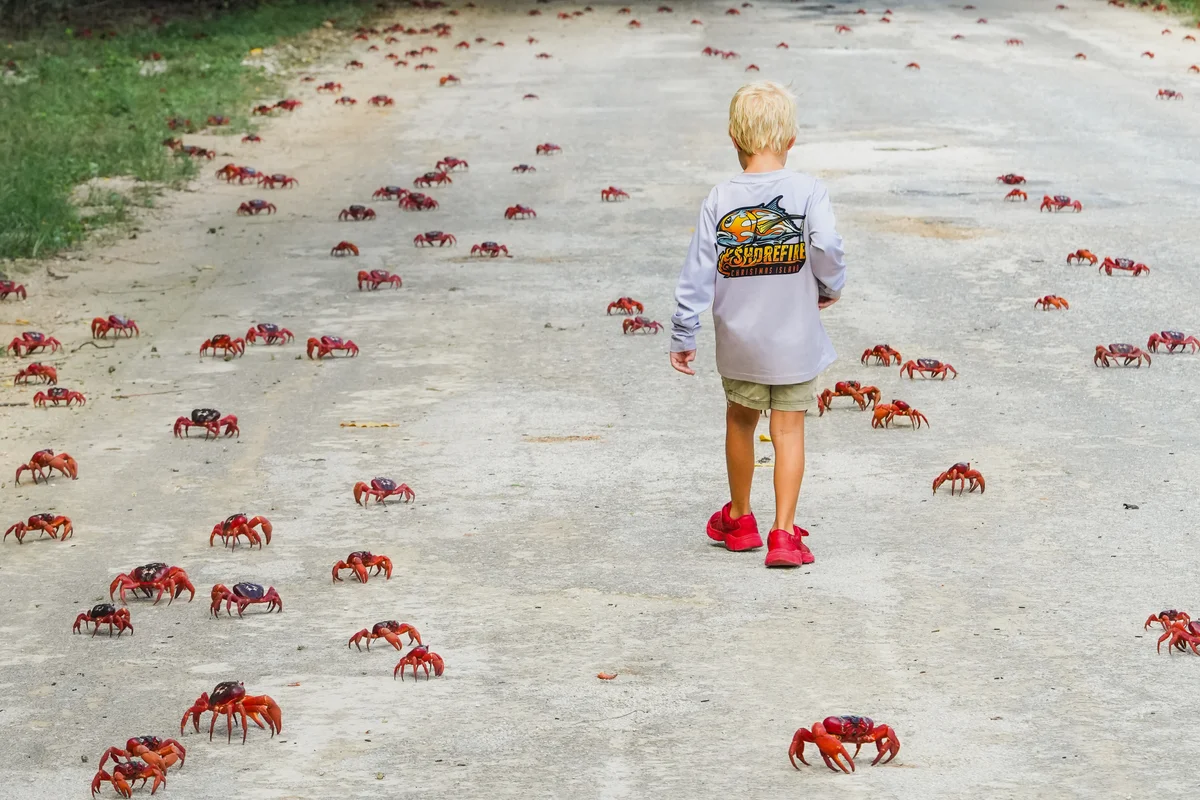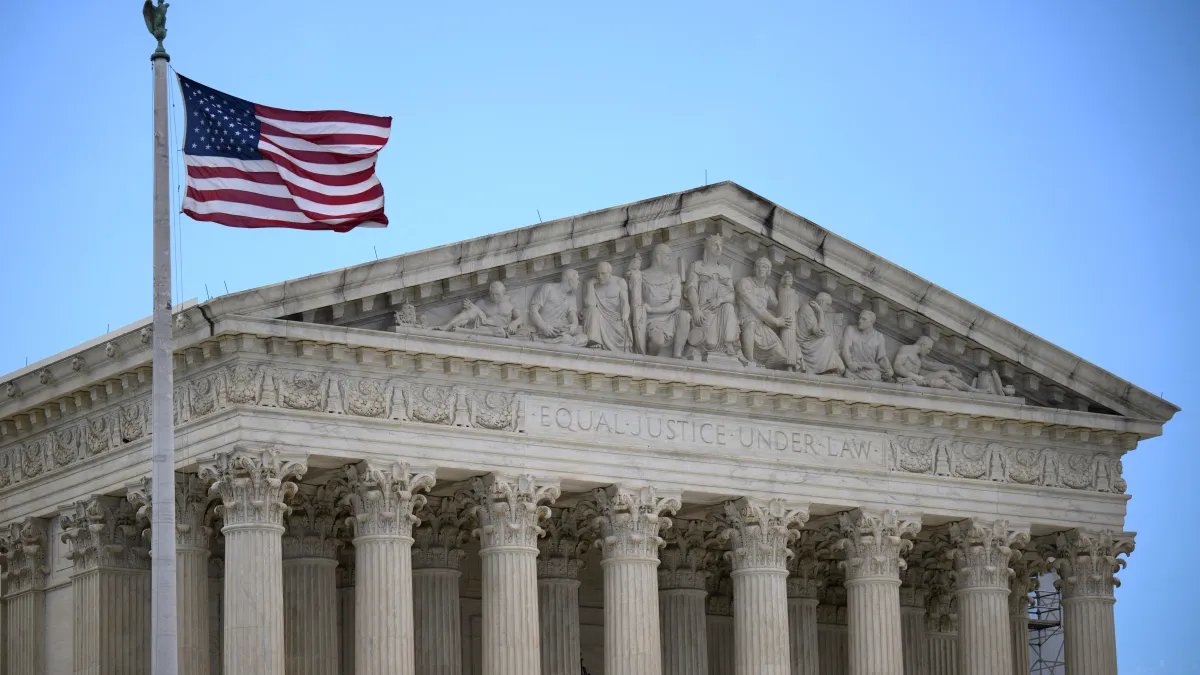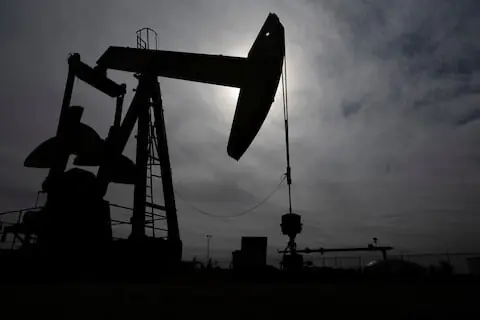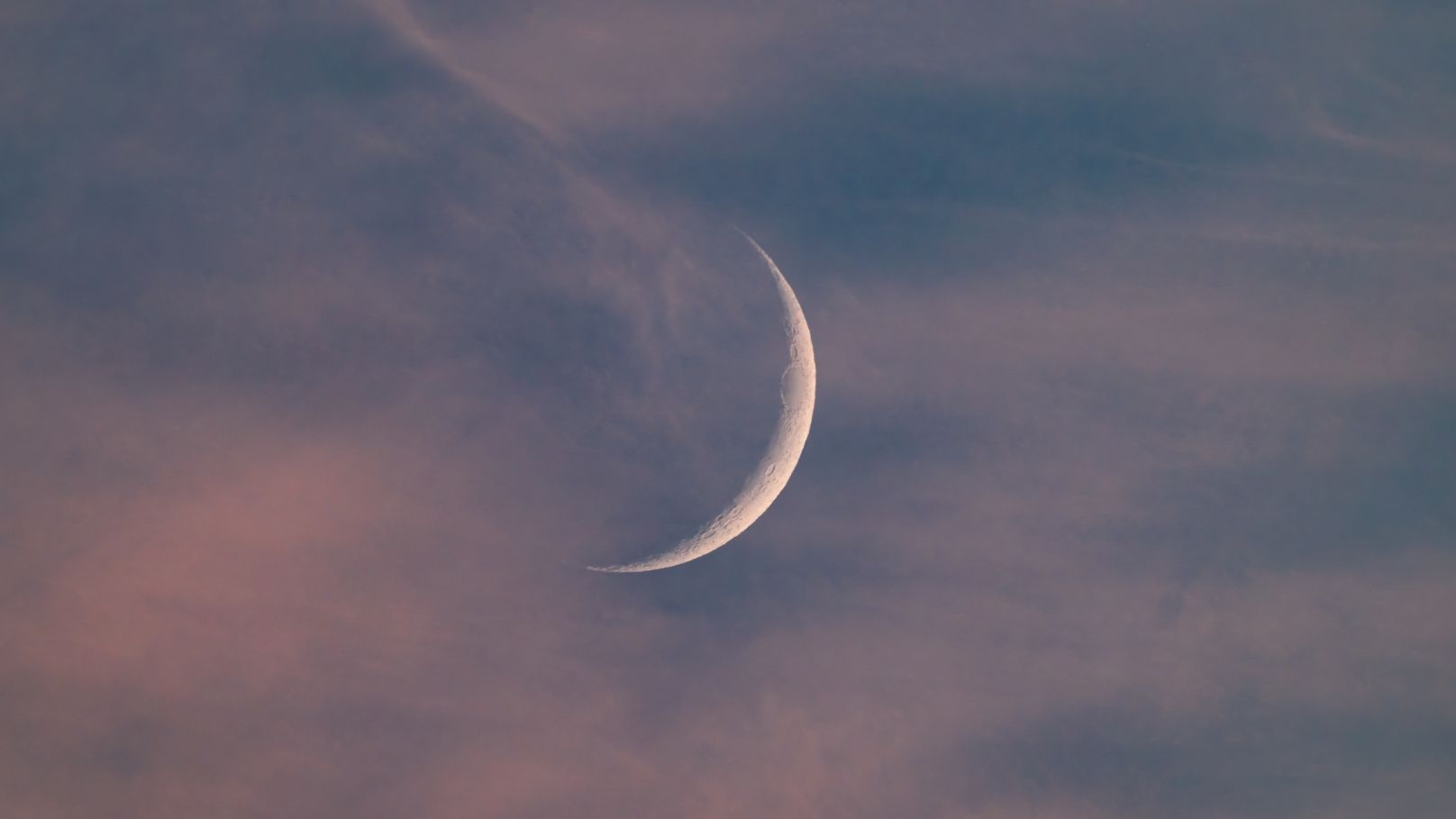Copyright independent

Tens of millions of red crabs have commenced their annual migration across Christmas Island, making their way to the ocean in a remarkable natural spectacle. The island's smaller human population is actively involved, using leaf blowers and garden rakes to assist the crustaceans. Alexia Jankowski, acting manager of Christmas Island National Park, confirmed on Thursday that the tiny Australian territory in the Indian Ocean hosts up to 200 million of these endemic Gecarcoidea natalis crabs. Up to 100 million are anticipated to travel from their forest burrows to the shoreline for breeding. This annual odyssey was triggered by the onset of the Southern Hemisphere's summer rains last weekend. The crabs seek shade in the middle of the day, Jankowski said, but early mornings and late afternoons bring about a vast, slow march that sees them move to the coast over roads and gardens. Their 1,200 human neighbors on the island generally do what they can to clear the red carpet of crustaceans off the roads. “Some people might think they’re a nuisance, but most of us think they’re a bit of a privilege to experience. They’re indiscriminate. So whatever they need to get over to get to the shore they will go over it. So if you leave your front door open, you’re going to come home and have a whole bunch of red crabs in your living room. Some people if they need to drive their car out of the driveway in the morning, they’ve got to rake themselves out or they’re not going to be able to leave the house without injuring crabs,” she added. On the shores, the male crabs excavate burrows where the females spend two weeks laying and incubating eggs. The females are all expected to release their spawn into the ocean at high tide on Nov. 14 or Nov. 15, during the last quarter of the moon. The young spend a month riding the ocean currents as tiny larvae before returning to Christmas Island as small crabs. Mapped: Christmas Island “When they’re little babies only about half the size of your fingernail, we can’ rake them, because you’d crush them. So instead we use leaf blowers,” Jankowski said. “So about a month after the spawning occurs, we’re down on the coast looking pretty hilarious actually wearing these backpack leaf blowers and blowing all these tiny little crabs off the road to try to reduce the impact of cars,” she added.



